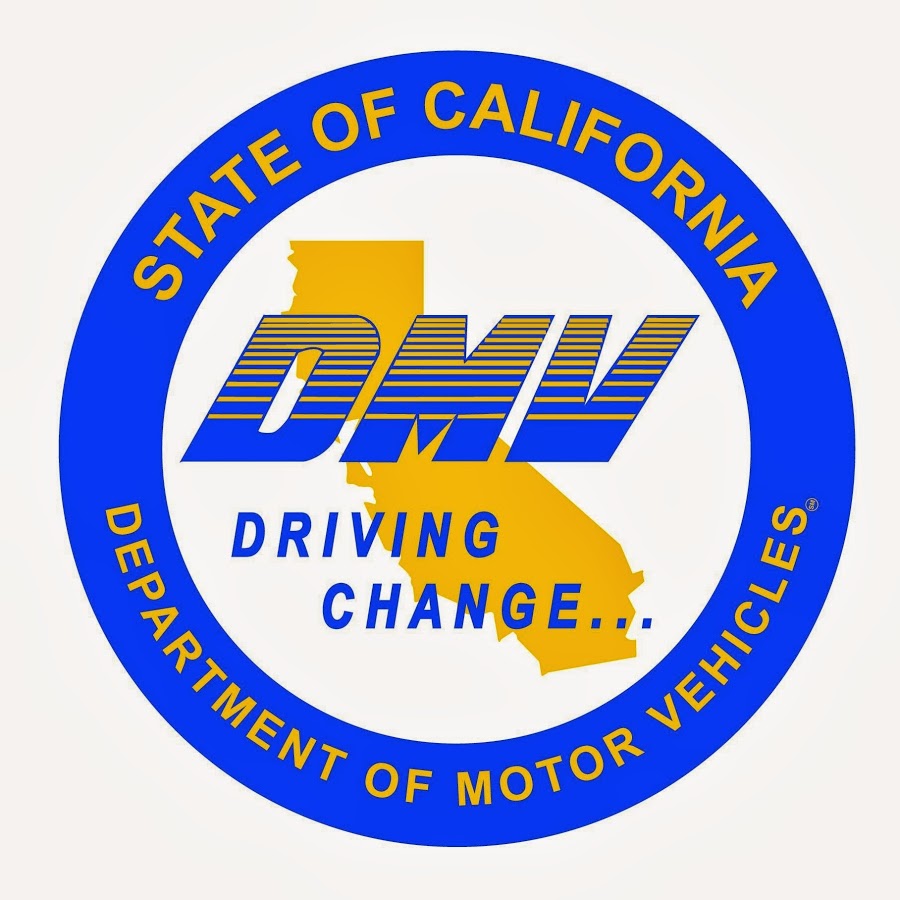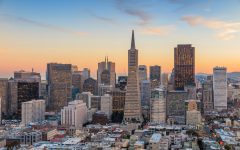
California Public Utilities Commission seal. (Photo: CPUC.ca.gov)
Cruise Robotaxi Accused Of Misleading CPUC In Investigation Of October Crash In San Francisco
GM company faces a fine up to $1.5 million in addition to previous state licensure suspension
By Evan Symon, December 4, 2023 5:01 pm
Cruise, the driverless car and robotaxi subsidiary of General Motors, was ordered to appear in court in February by the California Public Utilities Commission (CPUC) over the weekend because of allegedly covering-up an accident involving one of their cars in early October.
The Cruise robotaxi service has had a relatively short rise and fall in only the past few years. Since March of 2022, both Cruise and Google’s robotaxi service Waymo have been allowed to operate during certain hours of the day in San Francisco. Cruise offered paid rides in about 1/3rd of the city, and by August 2023, Cruise has 300 vehicles driving around San Francisco at night and 100 during daytime hours, with Waymo only operating 250 vehicles during the day.
While CPUC slowly expanded the limits of the robotaxis, reports of blocked traffic, blocking emergency workers, blocking mass transit, and other worrying behavior by the cars becoming commonplace in the city. The SFPD, SFFD, and other emergency services soon began raising the issue of just how much these companies should expand by, as there were many kinks to be worked out. On August 11th, CPUC voted 3-1 to expand robotaxi services in San Francisco by being able to offer paid rides at any time during the day throughout the city, and not be constrained by prior geographic limits, designated operating hours, and paid ride limits. While there was significant local opposition, CPUC instead chose to side with Cruise and Waymo.
However, this was to be short-lived. While there were numerous incidents involving Cruise robotaxis before the CPUC expansion, the number soon skyrocketed that month. The rapid expansion caused more accidents to occur – 10 Cruise robotaxis stalled and caused a major backup. Another taxi careened into a construction site and got stuck in wet concrete. A Cruise vehicle even caused a passenger injury when it crashed into a firetruck.
Faced with more and more of the public opposing robotaxis, and concerns growing over their safety, Cruise announced on August 22nd that their fleet of robotaxis would be cut in half. Cruise and the DMV agreed to limit the number of robotaxis to no more than 50 during the day and 150 at night. In a statement, the company added that “It’s clear that Cruise positively impacts overall road safety. Cruise looks forward to working with the CA DMV to make any improvements and provide any data they need to reinforce the safety and efficiency of our fleet.”
Even with the reduced fleet, Cruise incidents still occurred at a high frequency. On October 2nd, a pedestrian who had just been struck by another car was struck by a Cruise vehicle despite otherwise stopped traffic, dragging the passenger for an additional 20 feet. Those accidents, as well as the veto of a bill by Governor Gavin Newsom that would have required AI trucks to have a human operator in them at all times and robotaxis expanding into Santa Monica and Los Angeles, caused large-scale protests to break out statewide against driverless cars and robotaxi services.
Only days later on October 25th, the California DMV ordered Cruise to stop all operations in the state because of safety concerns over recent accidents. With San Francisco in doubt, and Los Angeles looking at ways to reign in robotaxis, Cruise announced on October 27th that they would be suspending operations nationwide because of safety concerns. In November, Cruise then announced massive layoffs because of the suspension of operations, GM putting less money into Cruise in 2024, as well as the resignation of Cruise CEO Kyle Vogt and co-founder Dan Kan. Despite this, CPUC continued to look into Cruise accidents, in particular the October 2nd pedestrian dragging incident.
CPUC files against Cruise
This led to the hearing filing by CPUC over the weekend. According to the filing, Cruise stands accused of concealing many details of the October 2nd incident. While Cruise did inform CPUC of what had happened the next day, the robotaxi company had neglected to tell CPUC that the Cruise AV had engaged in the pullover maneuver which resulted in the pedestrian being dragged an additional 20 feet at 7 mph. This hampered the investigation until October 19th when Cruise finally shared footage of the incident showing how they were at fault.
GM now has to appear before a judge on February 6, 2024 and to explain why Cruise should not be fined, penalized, or receive other regulatory sanctions for failing to provide complete information to the CPUC. Cruise also faces fines of up to $100,000 a day for each day of the alleged 15 day cover-up, or $1.5 million in total.
While Cruise has not spoken much about the looming court appearance, a spokesperson did note on Sunday that “Cruise is committed to rebuilding trust with our regulators.”
Many lawmakers and others surrounding the robotaxi incidents have opined differently, saying that Cruise and other robotaxi companies cannot keep covering up incidents involving their vehicles.
“Cruise was willfully engaged in a coverup of material information that should have been forthcoming to state regulators,” San Francisco Supervisor Aaron Peskin said in a statement on Monday.
In an interview with the Globe, Sebastian Jordan, a mass transit advisor who has worked with multiple agencies in California in the past, added that “We’re seeing higher and higher accident incidences among robotaxi companies and driverless cars in general. They do generally seem to be safer, but we cannot make that determination if we don’t have all the facts. And Cruise seemingly hiding those facts just hurts the entire industry in the long run.
“This is all speculative, but the timing of the incident, mere weeks before that Cruise ban in San Francisco, seemed like it was an attempt to not make the company look even worse with all of the investigations going on. A few days of delay can be explained away, but not a few weeks. Again, this is all opinion and this is for the courts to decide.
“People driving cars is dangerous. People driving buses and trains, speaking as someone who favors mass transit, are also dangerous. And we need to acknowledge that self-driving cars are also dangerous. Less so than human-driven cars, yes, and that accident rate will go down as technology improves. But we cannot claim that the technology is safe if the cars drag already injured people down the street. And when a company allegedly tries to block it from being made public, it just makes people favor human driven vehicles more. They’re undoing themselves.”
Cruise is to send out a response to the filing by December 18th, with the court date coming on February 6, 2024.
- San Diego Country Supervisor Jim Desmond Calls San Diego New Epicenter Of Illegal Crossings By Migrants - April 27, 2024
- Oracle Moving Headquarters Out Of Austin Only 4 Years After Moving Out Of California - April 26, 2024
- Congressman Adam Schiff Robbed of his Luggage in San Francisco Car Break In - April 26, 2024





We have the unions against any type of automation. People are expecting perfection from robo taxis. They are already safer than human driven cars.